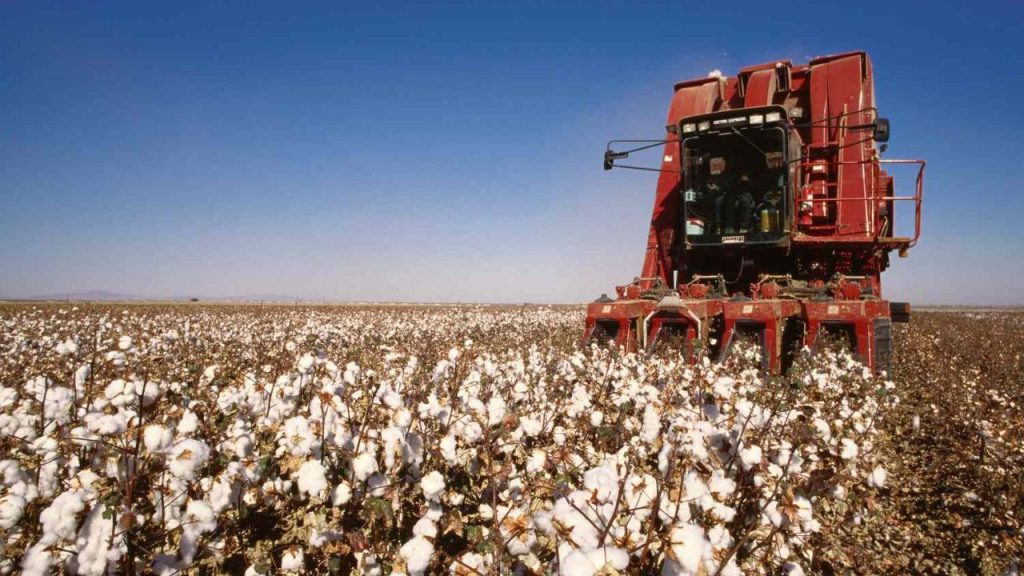Advanced Crop Rotation Strategies
Innovative crop rotation strategies are emerging to improve soil fertility, manage pests, and adapt to changing climatic conditions. Some of the key advancements include:
1. Diversified Rotation Schemes
Traditional crop rotation often involves a basic sequence of cereals, legumes, and root crops. However, modern farmers are adopting more diverse rotation schemes that include a wider range of crops and cover crops. Diversifying crop rotations helps to break pest and disease cycles, improve soil structure, and enhance nutrient cycling. For example, incorporating brassicas or oilseeds into rotations can provide additional benefits such as weed suppression and nutrient recovery.
2. Integration of Cover Crops
Cover crops are plants grown primarily to benefit the soil rather than for harvest. Innovations in crop rotation now frequently include the use of cover crops such as clover, rye, and vetch. These plants help to prevent soil erosion, improve soil organic matter, and enhance nutrient availability. By incorporating cover crops into rotation plans, farmers can achieve better soil health and reduce the need for synthetic fertilisers.
3. Precision Agriculture and Data-Driven Decisions
The rise of precision agriculture is transforming crop rotation practices. Using data from soil sensors, satellite imagery, and GPS technology, farmers can make more informed decisions about which crops to grow and when. Precision agriculture tools enable farmers to monitor soil health, track nutrient levels, and assess crop performance in real-time. This data-driven approach allows for more tailored and effective crop rotation strategies, leading to increased yields and reduced input costs.
Technological Innovations in Crop Rotation
Several technological innovations are enhancing the effectiveness of crop rotation for British farmers:
1. Soil Health Monitoring Technologies
Advancements in soil health monitoring technologies provide farmers with detailed insights into soil conditions. Tools such as portable soil testers and remote sensing technologies can measure parameters like soil pH, moisture levels, and nutrient content. By regularly monitoring soil health, farmers can optimise their crop rotation plans to address any deficiencies or imbalances, leading to healthier soils and better crop performance.
2. Automated Crop Management Systems
Automated crop management systems, including robotic planters and harvesters, are becoming increasingly sophisticated. These systems can precisely manage planting and harvesting schedules, allowing for more efficient and timely crop rotations. Automation reduces the labour required for crop management and minimises disruptions to rotation schedules, ensuring that crops are grown in optimal conditions.
3. Smart Irrigation Systems
Smart irrigation systems use technology to optimise water use based on real-time weather data and soil moisture levels. By integrating smart irrigation with crop rotation, farmers can ensure that crops receive the right amount of water at each stage of their growth. This approach not only improves crop yields but also conserves water and reduces irrigation costs.
Benefits of Innovative Crop Rotation

The adoption of innovative crop rotation practices offers several benefits for British farmers:
1. Enhanced Soil Fertility and Structure
Innovative crop rotation techniques, such as the use of cover crops and diversified rotations, contribute to improved soil fertility and structure. Cover crops add organic matter to the soil, while diverse rotations help to maintain a balanced nutrient profile. These practices enhance soil health, leading to better crop yields and reduced reliance on chemical inputs.
2. Improved Pest and Disease Management
By breaking pest and disease cycles, innovative crop rotation strategies help to manage and reduce pest pressures. For example, rotating between different crop families can disrupt the life cycles of crop-specific pests and diseases. This natural form of pest control reduces the need for chemical pesticides and promotes a healthier farming environment.
3. Increased Resilience to Climate Change
Innovative crop rotation practices can increase resilience to climate change by enhancing soil health and water management. Improved soil structure and organic matter help retain moisture and reduce the impact of extreme weather events. Additionally, diversifying crops and incorporating cover crops can help farmers adapt to changing climatic conditions and reduce the risk of crop failures.
4. Economic Benefits
Effective crop rotation practices can lead to cost savings and increased profitability. By reducing the need for synthetic fertilisers and pesticides, farmers can lower input costs. Additionally, improved soil health and crop yields translate to higher productivity and revenue. Innovations such as precision agriculture also optimise resource use, further enhancing economic viability.
Challenges and Considerations
While innovations in crop rotation offer significant benefits, there are also challenges to consider:
1. Initial Costs and Investment
Implementing new technologies and practices can require a significant initial investment. For example, purchasing soil health monitoring equipment or automated management systems can be costly. Farmers may need financial support or incentives to adopt these innovations, particularly in the early stages.
2. Knowledge and Training
The successful implementation of innovative crop rotation practices requires knowledge and training. Farmers need to understand how to integrate new technologies and techniques into their existing systems. Access to training programmes and resources is essential to ensure that farmers can effectively adopt and manage these innovations.
3. Integration with Existing Practices
Integrating innovative crop rotation practices with existing farming methods can be complex. Farmers must consider how new practices will fit into their current systems and workflows. Ensuring that innovations complement rather than disrupt established practices is crucial for a smooth transition.
Conclusion: Innovations in Crop Rotation for British Farmers
Innovations in crop rotation are transforming the future of farming in the UK, offering new opportunities for enhancing productivity, sustainability, and resilience. By adopting diversified rotation schemes, integrating cover crops, and leveraging technological advancements, British farmers can improve soil health, manage pests, and adapt to changing climatic conditions. While challenges remain, the benefits of innovative crop rotation practices are substantial, paving the way for a more sustainable and profitable future in agriculture.
